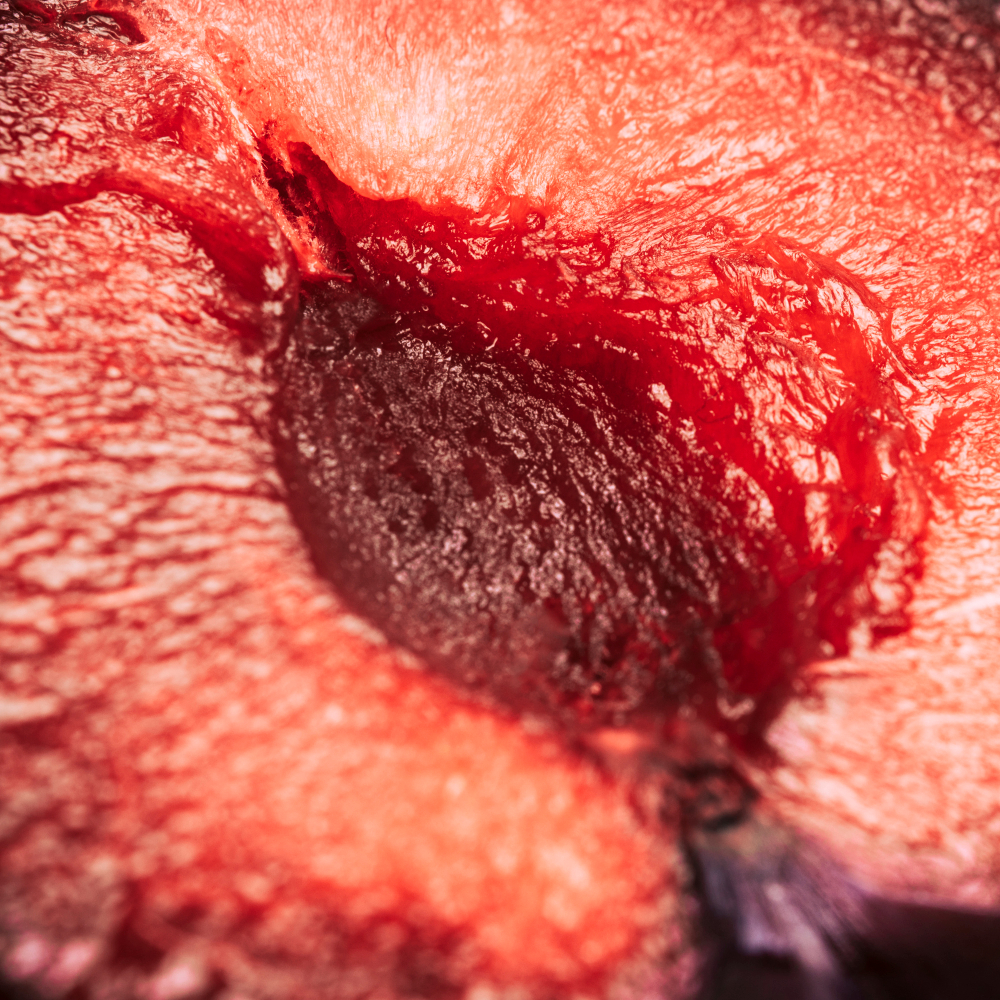What Is Vein Ulcer?
Vein ulcers are the most common type of chronic lower extremity ulcer, affecting 1% to 3% of the U.S. population. Venous hypertension due to venous reflux (impotence) or obstruction is considered the main mechanism of venous ulcer formation. Risk factors for venous ulcers include age 55 years or older, family history of chronic venous insufficiency, higher body mass index, history of pulmonary embolism or superficial/deep vein thrombosis, lower extremity bone or joint disease, higher number of pregnancies, parental history of ankle ulcers, lack of physical activity, history of ulcers, severe lipodermatosclerosis, and venous reflux of deep veins. Signs of poor healing prognosis include ulcer duration of more than three months, initial ulcer length of 10 cm or more, presence of lower extremity artery disease, advanced age, and increased body mass index. On physical examination, venous ulcers are generally irregular and superficial with clear boundaries and often lie above the protrusions of the bone.
Signs of venous disease, such as varicose veins, edema, or venous dermatitis, may be present. Other related findings include telangiectasis, corona phlebectatica, atrophie blanche, lipodermatosclerosis, and inverted champagne bottle deformity of the lower limbs. Chronic venous ulcers have a significant impact on quality of life. Severe complications include infection and changes in malignancy. Current evidence supports the treatment of venous ulcers with compression therapy, exercise, dressings, pentoxifylline, and tissue products. Referral to a wound subspecialist should be considered for ulcers that are large, long in duration, or difficult to heal with conservative measures. Early venous ablation and surgical intervention to correct superficial venous reflux can improve healing and decrease recurrence rates.
In Indonesia, many people do not know what a vena ulcer is and its complications. It is very common for people to know what a cer vein is. So that people ignore what a vein ulcer is even though it is very high risk of recovery. A complication of venous ulcers is varicose veins.
The onset of varicose veins in a person certainly causes very uncomfortable symptoms. Symptoms include: Swelling of the legs, Pain, Blue feet, Prominent veins, Bleeding, Ulcers / Scabs.
As for the treatment of mild varicose veins can be treated at home. But in severe conditions need medical treatment in the hospital so that symptoms quickly disappear and do not cause complications. To reduce the symptoms of pain that appear earlier. You are advised not to stand too long, reduce excessive activity, and do not wear pants or bottoms that are too tight.
- An easy home treatment in someone with varicose veins is to use Compression Stockings. This tool can be the main treatment to prevent blood that can accumulate more.
With this tool, pressure from outside will help press the leg muscles and veins to facilitate blood circulation and reduce swelling. Compression stockings are sold in drug stores or medical devices and how to use it is very easy. - Sclerotherapy is a medical procedure performed by doctors by forming wounds and injecting fluids so that they can close blood vessels.
Another method is Foam Sclerotherapy is by injecting a foam-like substance into a vein to launch - Laser Surgery Technology is a new method performed by surgeons
This method is beneficial for Acute Varicose Veins. This method does not require incisions or needle insertions. Surgery by inserting a hot catheter with radiofrequency can also be done to accelerate the deflating of venous blood vessels. - Phlebectomy is performed by doctors by removing veins that have been damaged through small punctures in the skin
- Endoscopic SurgeryThis method is used for varicose veins that are already severe. Large varicose veins that spread to the surrounding area need to be opened by inserting a small camera (endoscope) and removing the damaged vein.
To prevent varicose veins, you need to exercise often to maintain good blood circulation. Do not use high heels too often, because this will make your muscles continue to contract so that they compress blood vessels and reduce blood flow. Do not sit and stand too long as this will hinder blood flow.
In the treatment of varicose vein wounds, the most appropriate treatment is modern wound care, in order to provide optimal wound healing. Therefore, modern wound care in Bali is at Lingkar Medika Clinic. This clinic has implemented modern wound care with BIO LUKA. In addition, this clinic can provide home service to people who cannot come to the clinic, so it is very helpful for the community in wound care.
 Indonesia
Indonesia
 English
English


